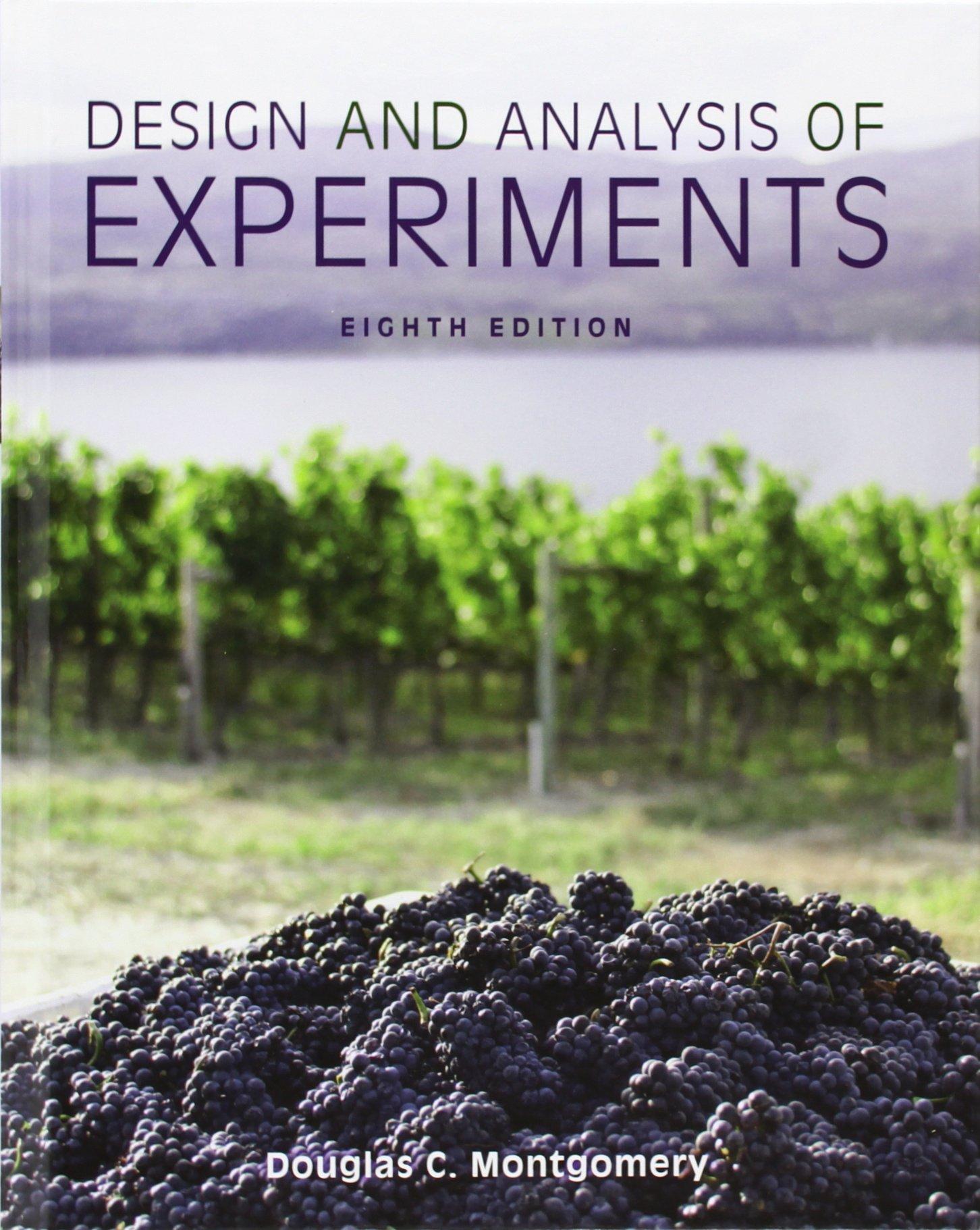11.33. An article in Quality Progress (For Starbucks, Its in the Bag, March 2011, pp. 1823) describes
Question:
11.33. An article in Quality Progress (“For Starbucks, It’s in the Bag,” March 2011, pp. 18–23) describes using a central composite design to improve the packaging of one-pound coffee. The objective is to produce an airtight seal that is easy to open without damaging the top of the coffee bag. The experimenters studied three factors–x1 $ plastic viscosity
(300–400 centipoise), x2 $ clamp pressure (170–190 psi), and x3 $ plate gap (!3, %3 mm) and two responses–y1 $
tear and y2 $ leakage. The design is shown in Table P11.10.
The tear response was measure on a scale from 0 to 9 (good to bad) and leakage was proportion failing. Each run used a sample of 20 bags for response measurement.
(a) Build a second-order model for the tear response.
(b) Build a second-order model for the leakage response.
(c) Analyze the residuals for both models. Do transformations seem necessary for either response? If so, refit the models in the transformed metric.
(d) Construct response surface plots and contour plots for both responses. Provide interpretations for the fitted surfaces.
(e) What conditions would you recommend for process operation to minimize leakage and keep tear below 0.75?

Step by Step Answer:







